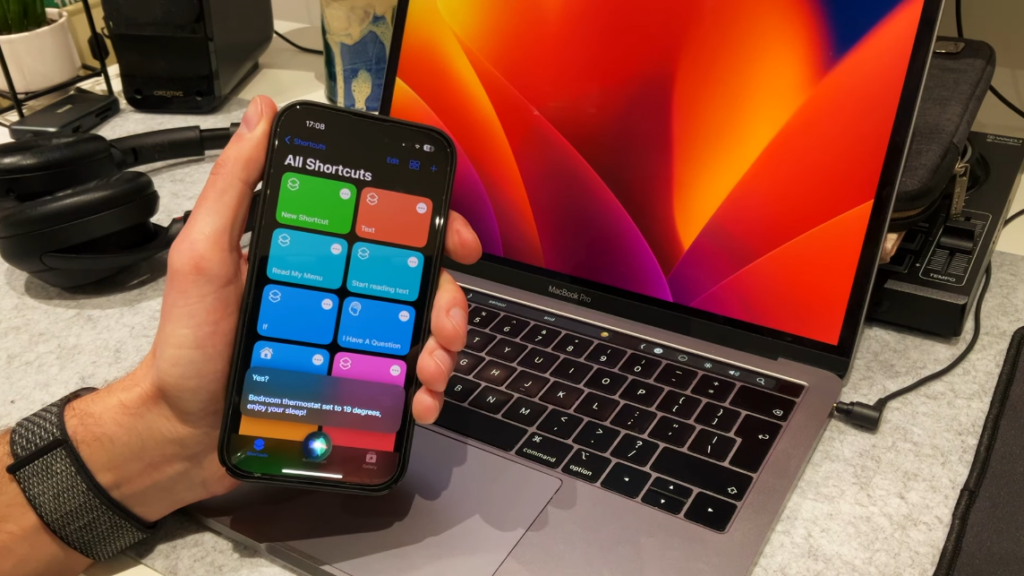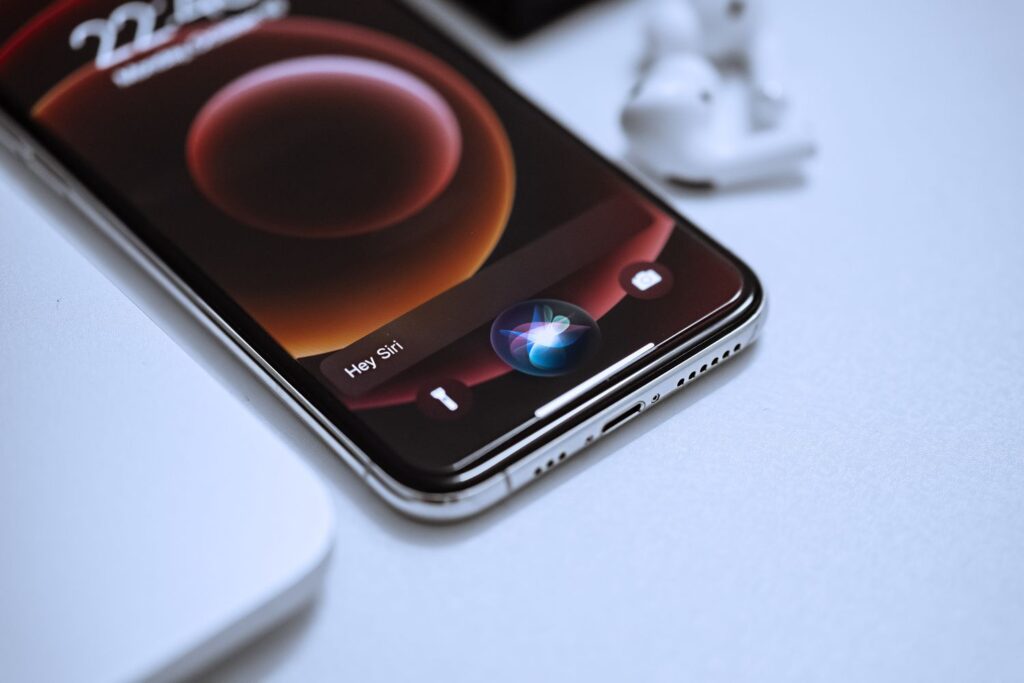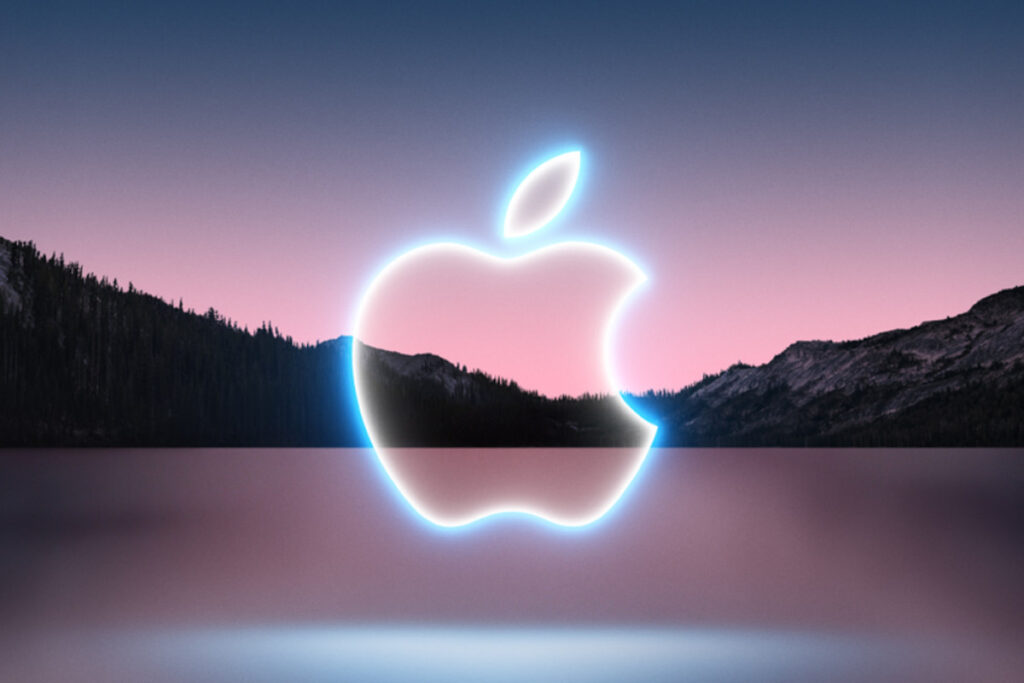In today’s rapidly evolving technological landscape, the fusion of artificial intelligence (AI) and Apple technologies has reshaped how we interact with devices, revolutionizing user experiences. This powerful synergy is driven by Siri, the intelligent personal assistant across Apple devices. Siri’s natural language processing and machine learning capabilities enable seamless voice-activated commands, adapting to individual contexts and enhancing personalization.
Machine learning algorithms optimize device performance, extending battery life and enhancing efficiency by analyzing user behavior. AI-powered computational photography features on Apple devices capture stunning images in various lighting conditions. Additionally, Apple’s ARKit and computer vision capabilities create immersive augmented reality experiences, seamlessly blending virtual objects into the real world.
Education plays a significant role in this transformative union. Siri can assist students with research, answer questions, and provide educational content. Machine learning algorithms enable personalized learning experiences, adapting to individual student needs and fostering engagement. Augmented reality applications enhance educational content, bringing learning to life through interactive and immersive experiences.
Throughout these advancements, Apple prioritizes user privacy and security. On-device processing and intelligent tracking prevention ensure personal data remains encrypted and protected, assuring user trust.
Seamless integration within Apple’s ecosystem enables a consistent experience across devices, benefiting education. Students can seamlessly transition between devices, accessing personalized settings, reminders, and educational resources.
The marriage of artificial intelligence (AI) and Apple technologies has sparked a technological revolution, redefining the way we interact with our devices and paving the way for a future of unprecedented innovation. In this article, we delve into the dynamic synergy between essaytyper ai and Apple, exploring how AI-powered technologies such as Siri, machine learning, and computer vision are transforming the user experience, driving personalization, and pushing the boundaries of what is possible.
Enhanced Personal Assistant: Siri

Source: mobilesyrup.com
At the heart of Apple’s AI integration lies Siri, the intelligent personal assistant. Siri has become an indispensable feature across Apple devices, providing users with a voice-activated interface to effortlessly navigate their digital lives. From setting reminders and sending messages to answering queries and controlling smart home devices, Siri’s natural language processing and machine learning capabilities have elevated user interaction to new heights.
With each interaction, Siri learns from user preferences and adapts to individual contexts, tailoring responses and recommendations to enhance personalization. Through continuous advancements in machine learning, Siri has become more adept at understanding user intent, providing relevant and accurate information, and creating a seamless and intuitive user experience.
Machine Learning Optimizing Performance
Apple’s integration of machine learning algorithms into its devices has unleashed new levels of performance optimization. By analyzing patterns in user behavior, machine learning algorithms intelligently manage device resources, maximizing efficiency and extending battery life. This enables users to enjoy their devices for longer durations without worrying about battery drain.
Machine learning also plays a vital role in enhancing camera capabilities. Apple’s devices leverage AI-powered algorithms for computational photography, enabling features like Smart HDR and Night Mode. These technologies combine multiple images, analyze scene elements, and optimize settings to capture stunning photos in various lighting conditions. Machine learning algorithms continually refine image processing, ensuring users consistently achieve exceptional photography results.
Augmented Reality Redefined

Source: lifewire.com
Apple’s commitment to advancing AI has extended into the realm of augmented reality (AR). With the introduction of ARKit, Apple’s AR development platform, and cutting-edge computer vision capabilities, Apple devices have become a gateway to immersive and interactive AR experiences.
AI-driven computer vision algorithms allow devices to precisely track and understand the surrounding environment, enabling virtual objects to seamlessly blend into the real world. This technology opens up endless possibilities, from immersive gaming experiences and virtual try-on for shopping to innovative educational tools and immersive storytelling.
Apple’s ARKit also leverages AI for object recognition, empowering devices to identify and analyze real-world objects. By integrating object recognition into AR experiences, users can gain contextual information, access interactive features, or overlay virtual elements onto physical objects, further blurring the line between the digital and physical realms.
User Privacy and Security
Throughout its AI advancements, Apple remains steadfast in its commitment to user privacy and security. Emphasizing on-device processing, Apple ensures that personal data stays encrypted and protected within the device, minimizing the need for data transfer to the cloud. This approach safeguards user privacy and places control firmly in the hands of the user.
Moreover, Apple’s intelligent tracking prevention and privacy features safeguard user data by preventing cross-site tracking and protecting against unauthorized data collection. By prioritizing user privacy, Apple sets a high standard in the industry, offering users peace of mind while enjoying the benefits of AI-powered technologies.

Source: thenfapost.com
Seamless Ecosystem Integration
One of the key strengths of Apple’s approach to AI is the seamless integration of its ecosystem of devices, services, and software. AI technologies not only enhance individual devices but also create a unified and interconnected experience across multiple Apple products. Through iCloud and other synchronization services, AI-powered features like Siri, machine learning, and personalized recommendations seamlessly transfer and adapt across devices, ensuring a consistent and tailored experience.
For instance, Siri’s capabilities extend beyond iPhones and iPads to Apple Watch, Mac computers, and HomePod. Users can seamlessly interact with Siri and access their personalized settings, reminders, and preferences, regardless of the device they are using. This cohesion allows for a truly integrated and efficient user experience, where AI technologies intelligently adapt to the user’s needs and seamlessly transition between devices.
Furthermore, AI-driven features like Handoff and Continuity enable smooth transitions between different Apple devices. Users can effortlessly pick up where they left off, with apps and documents readily accessible on the device they are currently using. This ecosystem integration enhances productivity, convenience, and the overall user experience, cementing Apple’s commitment to creating a seamless and cohesive technological environment.
In conclusion, the integration of AI technologies into Apple devices has revolutionized the way we interact with technology. Through enhanced personal assistants like Siri, optimized performance through machine learning, immersive augmented reality experiences, and a seamlessly integrated ecosystem, Apple has set a new standard for user experiences. With a focus on personalization, privacy, and a commitment to advancing AI, Apple continues to push the boundaries of innovation, shaping the future of technology and empowering users in remarkable ways.



